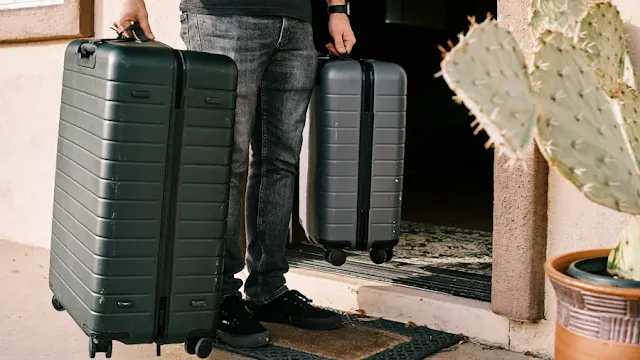Travelling with Diabetes: Can You Carry Insulin Syringes?
Yes, insulin syringes are allowed on airplanes. Airport security specifically states that diabetes-related supplies, equipment, and medications, including liquids, are allowed through the checkpoint once they have been properly screened by X-ray or hand inspection. Passengers should declare these items and separate them from other belongings before screening begins.
This includes insulin and insulin-loaded dispensing products, vials or boxes of individual vials, jet injectors, pens, infusers, preloaded syringes, an unlimited number of unused syringes (when accompanied by insulin), lancets, blood glucose meters, blood glucose meter test strips, insulin pumps, and insulin pump supplies. Understanding these guidelines can help ensure a smooth and hassle-free travel experience for those who rely on insulin for their health.
For travelers with diabetes, it’s crucial to be prepared and know the specific regulations regarding carrying insulin and syringes on a plane. Proper preparation and understanding the rules can make your journey stress-free, allowing you to manage your health needs effectively while traveling. This article will guide you through the essentials of packing and traveling with insulin syringes and other diabetes-related supplies.
How to Pack Insulin and Needles for Air Travel
When traveling with insulin and needles, it's important to pack them correctly to ensure they pass through security smoothly. Follow these steps to help airport security staff process your hand luggage easily:
-
Keep Insulin in Original Vials: Store your insulin in its original packaging to help security personnel quickly identify it.
-
Pack Medication Separately: Keep your medication separate from your toiletries and other items. This makes it easier to present and declare them during security checks.
-
Have Documentation Ready: Carry a letter from your doctor and your prescription. This documentation can help verify your need for insulin and syringes, making the security process more straightforward.
Do You Need a Letter from Your Doctor?
While it is not always mandatory to have a letter from your doctor to take insulin on a plane, it is highly recommended. This letter should state your medical condition and the necessity of carrying insulin and syringes. Having this documentation can expedite the security screening process and prevent any misunderstandings.
How to Store Insulin Injections While Traveling
Proper storage of insulin is crucial to maintain its effectiveness. Here are some tips for storing insulin while traveling:
- Use Insulated Bags: Keep your insulin in insulated bags or pouches to maintain a stable temperature, especially if you are traveling to or from a location with extreme temperatures.
- Avoid Freezing: Ensure that your insulin does not freeze, as this can render it ineffective. Do not store insulin in checked luggage if you suspect it will be exposed to freezing temperatures.
- Monitor Temperature: Use temperature monitoring devices to ensure that your insulin remains within the recommended temperature range.
Do You Need Notes to Bring Diabetic Supplies on a Plane?
In addition to insulin and syringes, you may need to bring other diabetic supplies such as blood glucose meters, test strips, and lancets. It is advisable to carry notes from your doctor for all diabetic supplies, as this can facilitate a smoother security check. Declaring these items and having documentation ready can help you navigate airport security without unnecessary delays.
By understanding these guidelines and preparing accordingly, you can travel with peace of mind, knowing that your health needs will be met and that you can carry your essential supplies without issues.









